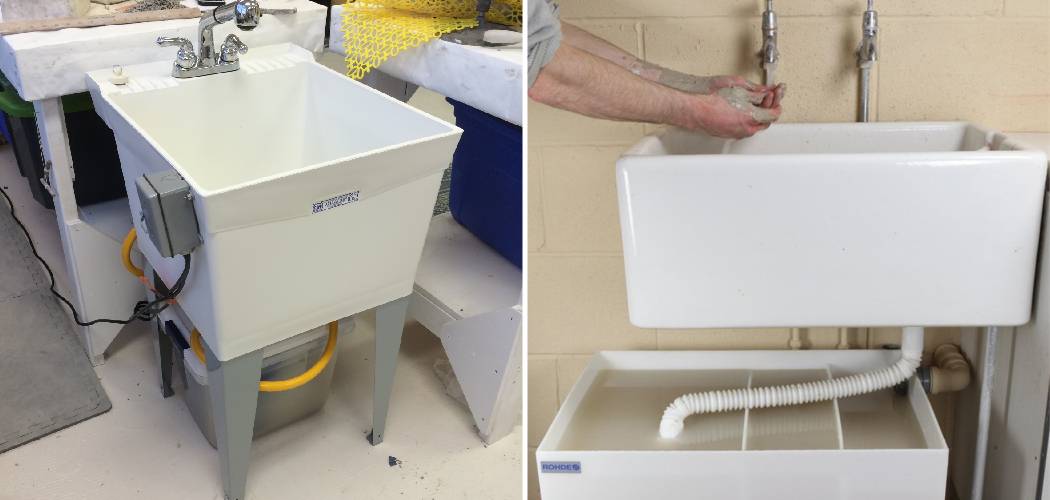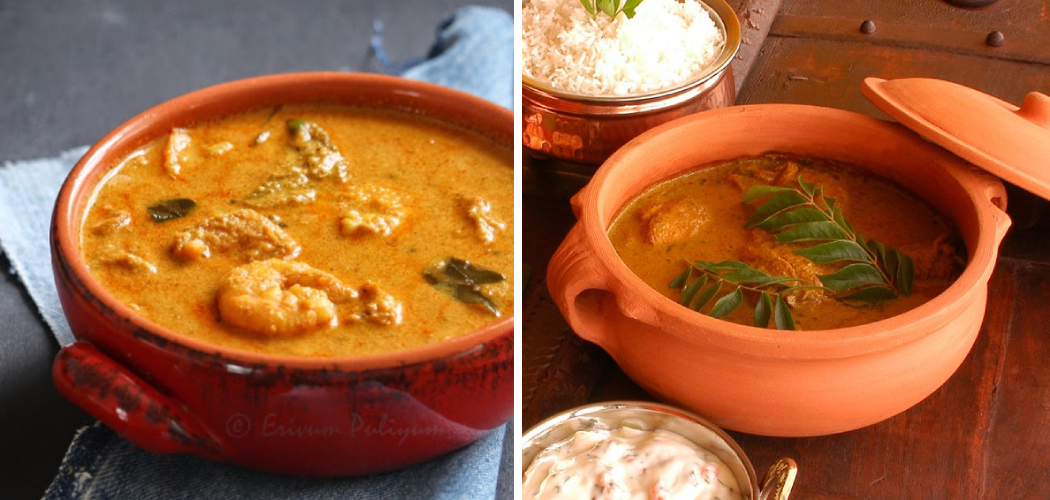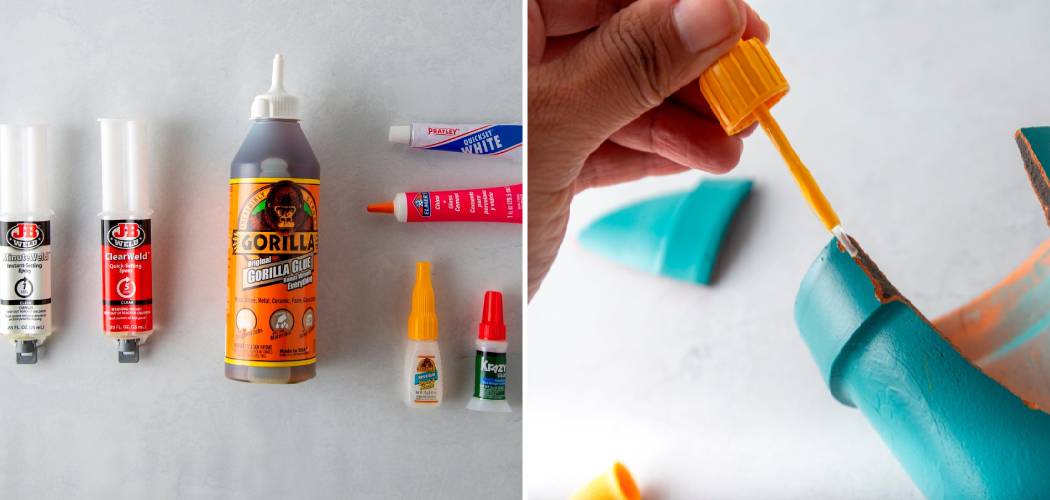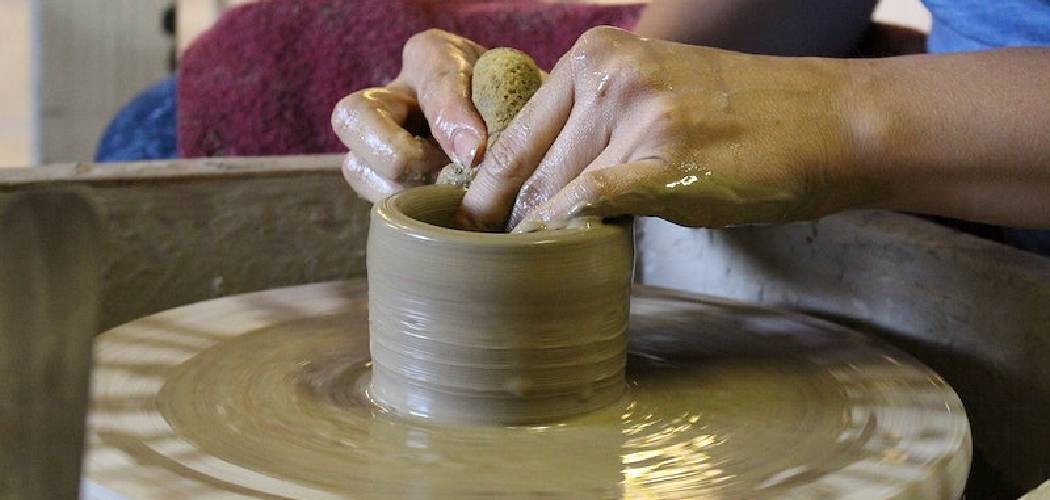Pottery is a popular art form that has been used for centuries to create decorative and functional items. However, not all pottery is safe for food use, as some can contain harmful chemicals and toxins that can leach into food and cause health problems.
If you’re interested in making food safe pottery at home, there are several key factors to consider. Firstly, choosing the right clay is essential, as not all clays are suitable for food use. You’ll also need to use lead-free glazes and test them before applying them to pottery that will come into contact with food.
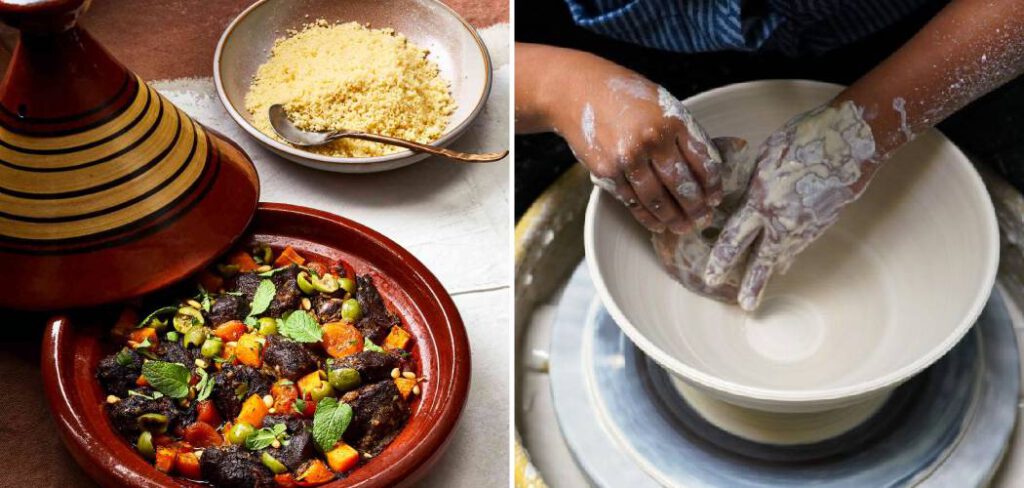
Additionally, using safe kiln firing temperatures, food-safe tools, and equipment and properly cleaning and storing your pottery are crucial steps to ensure its safety. In this article, we will discuss some methods how to make food safe pottery at home, so you can enjoy the beauty and functionality of pottery without compromising your health.
Table of Contents
Introduction to Food Safe Pottery
Pottery has been used for centuries to store, cook, and serve food. However, not all pottery is suitable for food use. Pottery can contain harmful chemicals that can leach into food and cause health problems. To ensure that your pottery is safe for food use, you need to make it using food-safe materials and follow specific techniques.
Choosing Food Safe Materials
To make food-safe pottery at home, you need to start by choosing food-safe materials. The following materials are safe to use for making pottery:
Clay:
Choose a high-quality clay that is free from contaminants and heavy metals. Make sure that the clay is labeled as food safe.
Glazes:
Use only food-safe glazes that do not contain lead or other harmful chemicals. Read the label carefully before purchasing glazes.
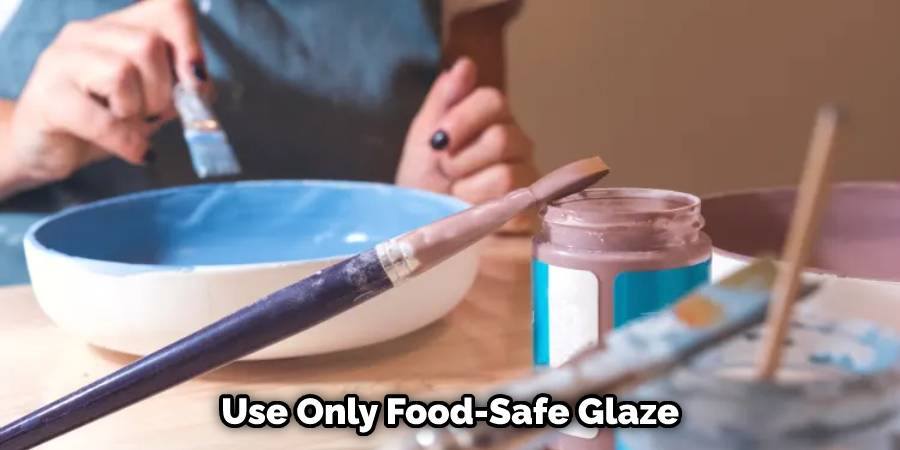
Tools:
Use clean tools that are free from rust and other contaminants. When using tools to make food-safe pottery, it’s important to make sure they’re clean and in good condition.
10 Methods How to Make Food Safe Pottery at Home
1. Choose the Right Clay
The first step in making food safe pottery is to choose the right clay. Not all clays are suitable for food use, as some may contain harmful chemicals and toxins. Therefore, it is important to choose a clay that is labeled as food safe.
One of the most commonly used clays for food safe pottery is porcelain. Porcelain is a type of clay that is fired at high temperatures, which makes it non-porous and less likely to leach harmful chemicals into food.
2. Use Lead-Free Glazes
Glazes are used to give pottery a shiny and decorative finish. However, some glazes can contain lead, which can leach into food and cause health problems. Therefore, it is important to use lead-free glazes when making food-safe pottery. Look for glazes that are labeled as food safe and avoid glazes that contain lead.
3. Test the Glazes
Even if a glaze is labeled as food safe, it is still important to test it before using it on pottery that will come into contact with food. You can do this by applying the glaze to a small test piece of clay and firing it in the kiln.
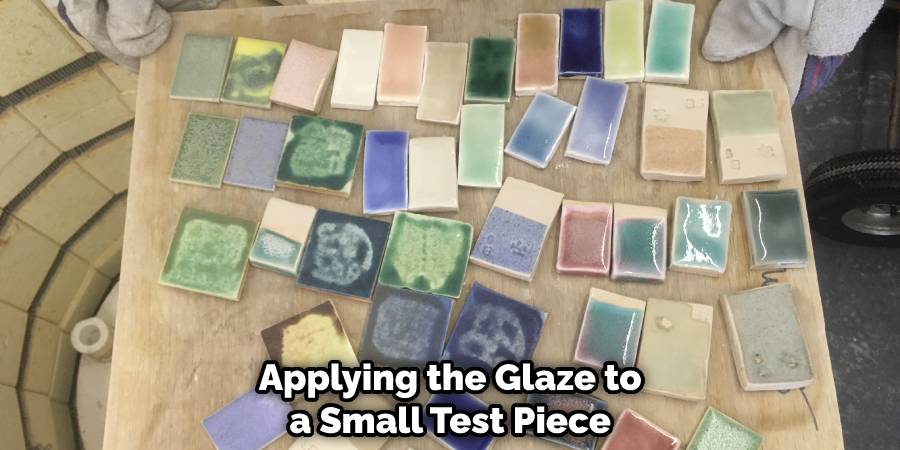
Once the piece is fired, you can test the glaze by soaking it in water for several hours and then testing the water for any traces of chemicals or toxins. If the water remains clear, then the glaze is considered food safe. While it may take some time to test each glaze, doing so can help ensure that your pottery is truly safe for use with food.
4. Use Safe Kiln Firing Temperatures
Kiln firing temperatures can also affect the safety of pottery. If pottery is fired at too low a temperature, it may not be strong enough to withstand daily use and may crack or break.
On the other hand, if pottery is fired at too high a temperature, it may release harmful chemicals and toxins. Therefore, it is important to use safe kiln firing temperatures when making food safe pottery. Most porcelain clay should be fired at a temperature of around 1200°C.
5. Use Food Safe Tools and Equipment
When making food-safe pottery, it is important to use food-safe tools and equipment. This includes using food-safe gloves, aprons, and brushes when working with clay and glazes. It also means using food-safe kiln shelves and refractory materials when firing pottery in the kiln.
All of these items can be found at a local pottery supplies store. Be sure to check the labels carefully to make sure they are labeled “food safe.” You should also take care to clean and sanitize all tools and equipment that will come into contact with food before use.
6. Clean Your Equipment Regularly
To prevent cross-contamination and ensure the safety of your pottery, it is important to clean your equipment regularly. This includes cleaning your kiln, tools, and work surfaces before and after each use.
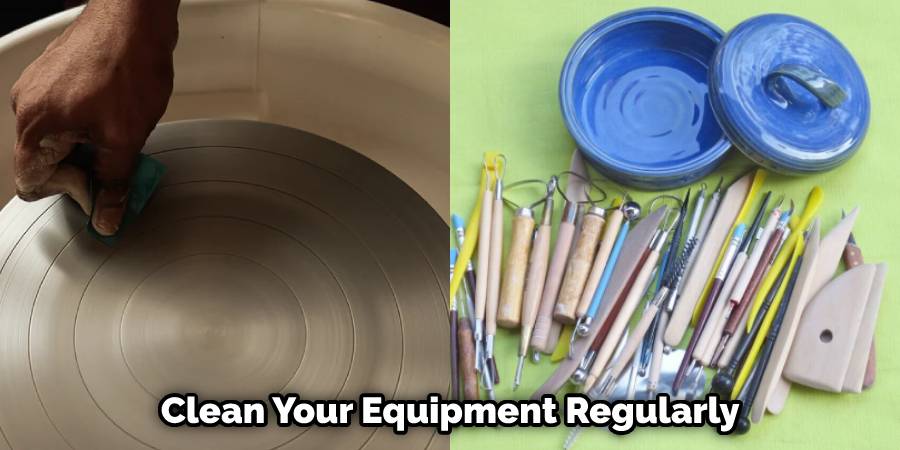
Use warm soapy water to clean your tools and work surfaces and use a vacuum or brush to clean your kiln. Make sure to use a kiln cleaner appropriate for your model kiln. Make sure all of your equipment is thoroughly cleaned and dried before each use.
7. Store Pottery Properly
Once your pottery is finished, it is important to store it properly to prevent it from becoming contaminated. Store your pottery in a clean, dry place and avoid stacking it on top of each other. If you need to stack your pottery, use a protective material, such as a soft cloth, between each piece.
Do not store pottery in direct sunlight, as it can cause the glaze to fade. Additionally, make sure your pottery is completely dry before you store it. If any moisture remains on the pottery, this can cause bacteria and mold growth.
8. Avoid Metallic Tools and Glazes (continued)
Instead, use non-metallic tools, such as plastic or wooden tools, and glazes that are free from metallic oxides. Metallic oxides can be found in some pigments used in glazes, and they can be toxic if ingested. Look for glazes that are labeled as “metal-free” or “non-toxic” to ensure that they are safe for food use.
Additionally, avoid glazes that contain lead or cadmium. These are not only toxic to humans but can also leach into food, making it unsafe to eat. However, glazes labeled as “food-safe” or “dishwasher-safe” are generally safe to use.
9. Consider Using Natural Glaze Ingredients
If you want to avoid using commercial glazes altogether, you can consider making your own glazes using natural ingredients such as ash, clay, and natural pigments. These natural glazes can be made at home and are generally safe for food use.
However, it is important to test these glazes before using them on pottery that will come into contact with food. To test the glaze, fire a small piece of pottery with the glaze and then submerge it in boiling water for 10 minutes. If the glaze does not soften or peel, it is suitable for food use. Once you have determined that the glaze is safe for food use, it can be applied in the usual way.

10. Seek Professional Advice
If you are unsure about any aspect of making food-safe pottery, it is always best to seek professional advice. This may involve consulting a pottery expert or a food safety specialist. They can provide you with guidance on how to make pottery that is safe for food use and answer any questions you may have.
Additionally, make sure to double-check any pottery you purchase from a store or online seller to ensure it meets food safety standards. By following these tips, you can create pottery that is both aesthetically pleasing and safe to use.
Tips for Making Food-Safe Pottery
- Make sure that the pottery is completely dry before firing it.
- Do not use lead-based glazes or any other glazes that are not labeled as food safe.
- Use clean tools and surfaces to prevent contamination.
- Follow the manufacturer’s instructions for firing and glazing the pottery.
Conclusion
In conclusion, making food-safe pottery at home is a rewarding process that requires attention to detail and the use of safe materials and practices. From selecting the right clay to using non-toxic glazes, testing glazes, firing at safe temperatures, and avoiding metallic tools and glazes, each step plays a critical role in ensuring the safety of the pottery for food use.
It is also essential to regularly clean and store pottery properly to prevent any contamination. Be sure to follow all instructions on how to make food safe pottery at home carefully, and always consult an expert when in doubt.
FAQs
Is all pottery food safe?
No, not all pottery is food safe. Pottery can contain harmful chemicals that can leach into food and cause health problems.
What materials are safe to use for making food-safe pottery?
Clay and food-safe glazes are safe to use for making food-safe pottery.
How can I tell if a glaze is food safe?
Read the label carefully before purchasing glazes. Food-safe glazes will be labeled as such and will not contain lead or other harmful chemicals.
Can I use my regular oven to fire pottery?
Yes, it is possible to fire pottery in a regular oven, but it may not be the best option. Regular ovens are designed for cooking food, not for pottery firing, so they may not reach the necessary temperatures or provide the right type of heat distribution for optimal results.


